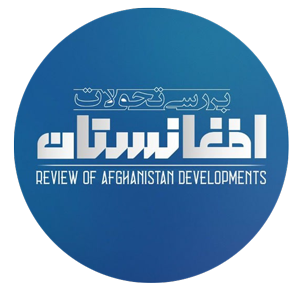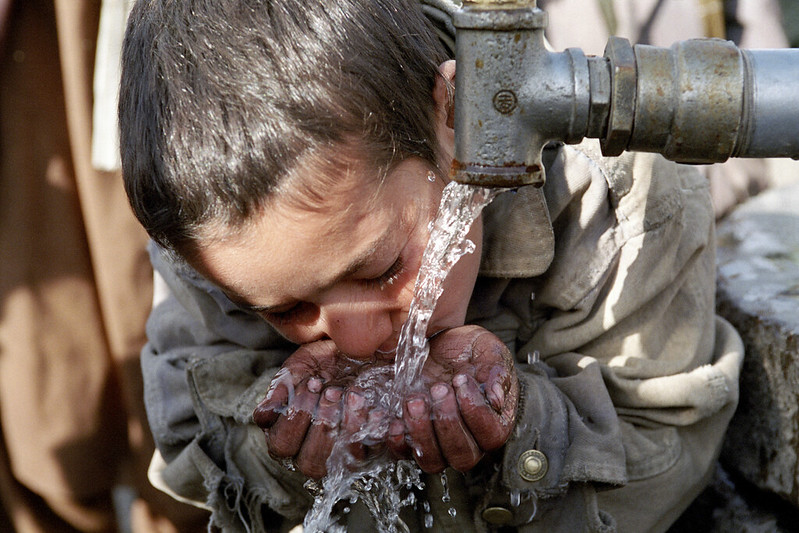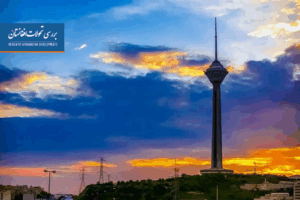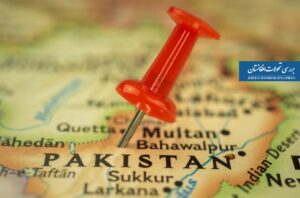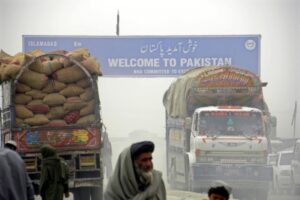Review of Afghanistan developments
Multiple global organizations have released reports alerting to a water crisis in Kabul, the capital of Afghanistan. The UN Office for the Coordination of Humanitarian Affairs (OCHA), the United Nations Assistance Mission in Afghanistan (UNAMA), the United Nations Children’s Fund (UNICEF), and the international organization Mercy Corps have all provided similar alerts regarding the water crisis in Kabul, emphasizing that without immediate infrastructure improvements and international financial support, a humanitarian and environmental catastrophe is imminent.
While the water crisis in Kabul is not a recent problem, evaluations conducted by the previously mentioned organizations indicate that Kabul is experiencing a significant crisis in 2025. This situation is escalating, and if not addressed promptly, the groundwater aquifers in Kabul may entirely deplete within five years. These reports reveal that the water level in Kabul’s groundwater aquifers has fallen by 30 meters, posing a threat to the survival of the city’s seven million inhabitants.
The primary source of water supply in Kabul consists of dug wells. A mere fraction of the Afghan capital is equipped with a water supply system, which is sustained by deep wells. The predominant source of domestic water in the city is derived from wells excavated in residences, with an estimated total of 120,000 such wells. Due to the decline in the groundwater table, approximately half of the residential wells have now become dry. Consequently, those who have the financial means have resorted to drilling deeper wells, while others have opted to purchase water from tankers. Private enterprises are extracting water from Kabul’s groundwater by drilling deep wells and selling it to the residents of Kabul at exorbitant prices. The expense associated with purchasing water from tankers has surged significantly, thereby exacerbating the challenges faced by individuals living in economic hardship.
The Origins of the Water Crisis in Kabul
1- Increase in the exploiting population
The water crisis in Kabul is attributed to multiple factors. One significant factor is the dramatic rise in the city’s population. Over the last two decades, Kabul’s population has surged six fold to reach seven million, a growth that has not been matched by an increase in the city’s water resources. Despite this explosive demographic expansion, no infrastructure has been developed to supply water to the burgeoning population. Consequently, residents have turned to digging wells to meet the water needs of households and industries, thereby placing immense strain on Kabul’s water supply. This year alone, approximately 2 million refugees from Pakistan and Iran have returned to Afghanistan, and this trend continues. A segment of this returning population is likely to settle in Kabul, further intensifying the existing water crisis in the city.
2- Climate change
Another contributing factor to the water crisis in Kabul is the significant climate change affecting the country. Afghanistan is identified as one of the six nations most vulnerable to climate impacts. The drought experienced over the past three years has had a profound effect on both life and agriculture across 25 provinces. There has been a notable decline in rainfall within the watersheds that supply groundwater to Kabul. Research conducted by academic institutions indicates that rainfall in Kabul has sharply decreased since 2007, while concurrently, temperatures in the city have risen, resulting in heightened water consumption among residents and an increase in the rate of water evaporation in Kabul.
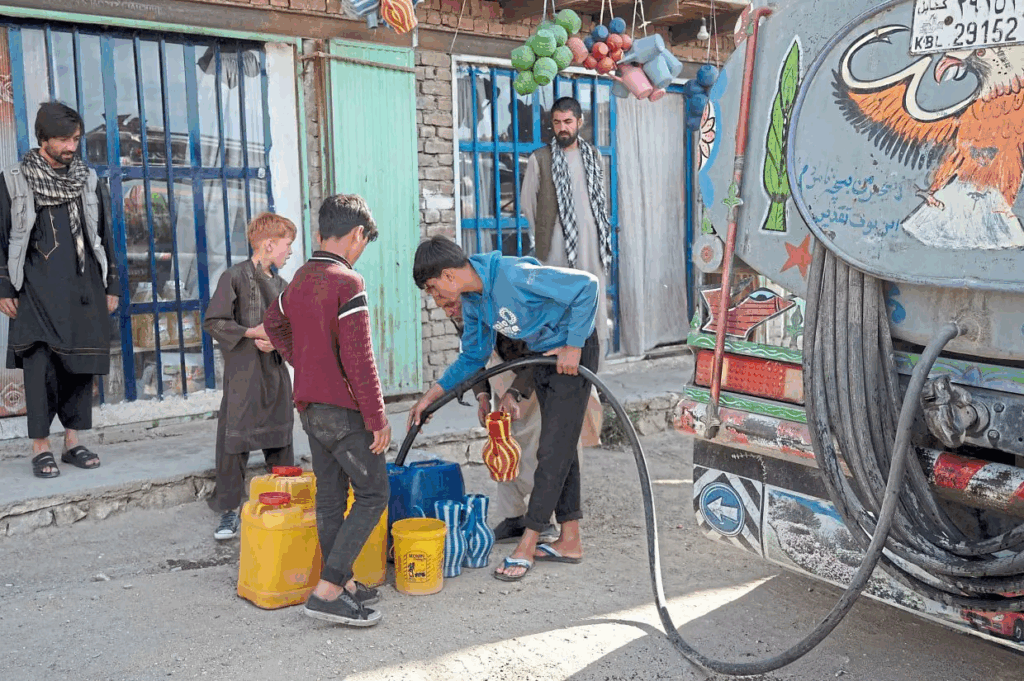
3- Increasing the area under cultivation
The rise in population in Kabul has been accompanied by another factor that has intensified the water crisis in recent years: the expansion of cultivated land surrounding the city. In other words, alongside the population boom in Kabul, there has also been agricultural development, with farmers relying on deep wells for the water necessary for farming. Since agriculture is practiced in a traditional manner and irrigation is conducted through the water-flooding technique, this sector of consumption significantly depletes the underground aquifers of Kabul.
4- Failure of governments and international donors
During the republican era, when the government received complete backing from Western nations, no substantial measures were implemented to address the water crisis in Kabul. Significant initiatives, such as the transfer of water from the Panjshir River to Kabul, remained merely in the planning phase, and the construction of dams was postponed due to financial corruption. At present, as a result of the sanctions placed on the Taliban government, approximately $3 billion in international funding for water, sanitation, and wastewater initiatives has been obstructed. The economic turmoil faced by the Taliban government is also hindering the execution of major water projects aimed at alleviating the water crisis in Kabul.
Water pollution in Kabul city
- Alongside the water crisis in Kabul, which stems from water shortages, another pressing issue is the contamination of the city’s water. As previously noted, Kabul’s water supply is sourced from dug wells, and this water is utilized without any form of purification or disinfection. It is estimated that as much as 80 percent of Kabul’s groundwater is tainted with sewage, toxins, and hazardous chemicals like arsenic and nitrates, which pose a health risk, particularly to children and the elderly. It is crucial to recognize that as the groundwater level declines, the level of pollution concurrently rises.
Related articles
The Impact of Urban Development in Afghanistan
Agricultural economy in Afghanistan
If the global community fails to act on the water crisis in Kabul, the city will encounter a humanitarian catastrophe within a few years. The pipeline designed to transport water from the Panjshir River to Kabul represents a critical infrastructure project that requires immediate attention. Simultaneously, efforts must be made to develop Kabul’s water infrastructure, which entails the establishment of multiple treatment facilities and urban piping systems. In the absence of these urgent initiatives, Kabul, as the nation’s capital, risks experiencing a social breakdown with far-reaching implications across humanitarian, political, and economic domains, the initial outcome of which will be a new wave of migration among the city’s inhabitants. Some of these migrants will inevitably seek refuge in other countries.
